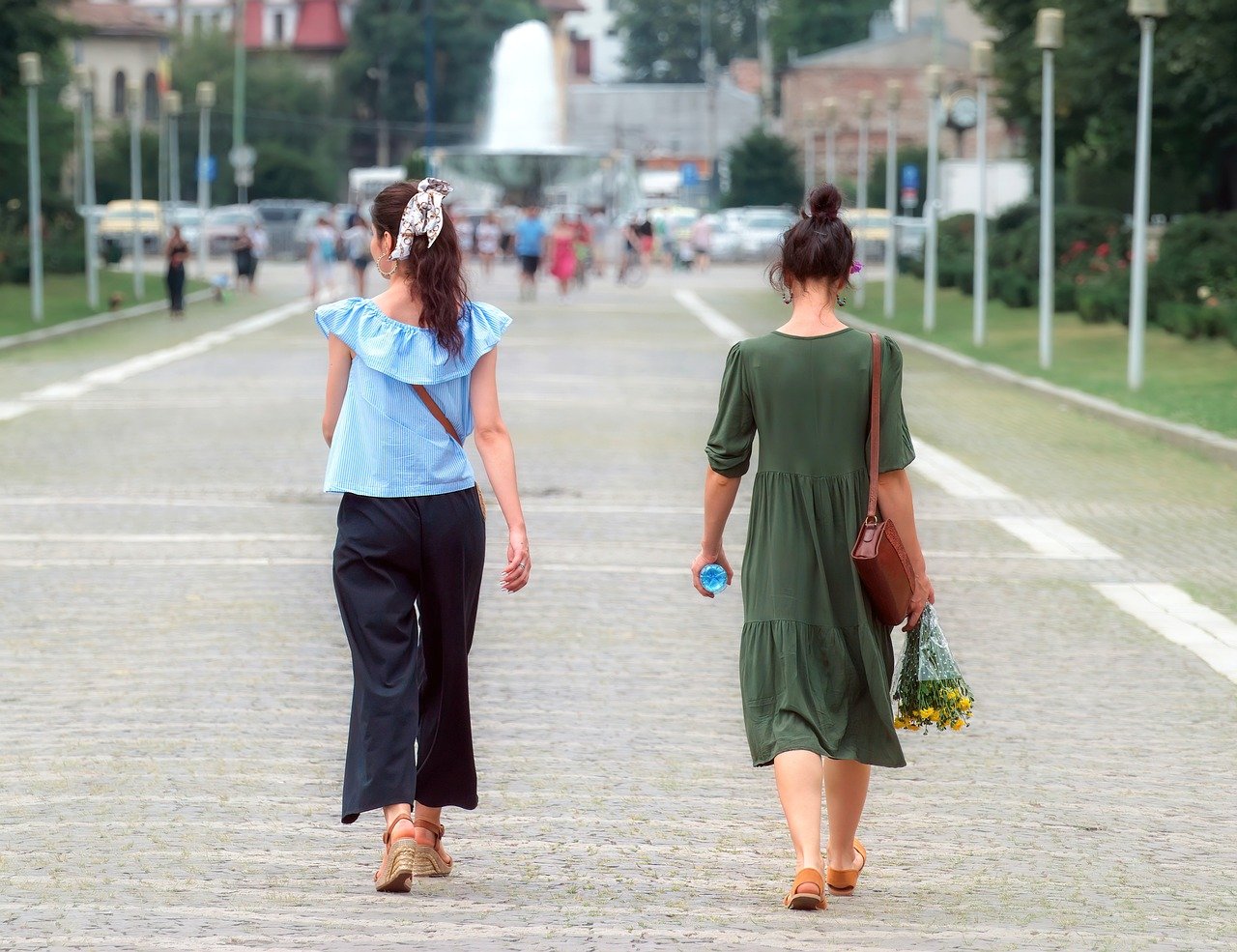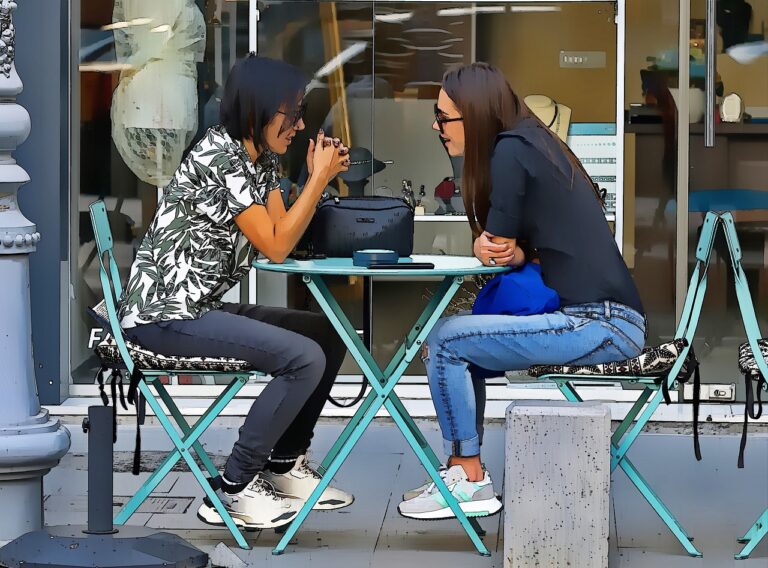The Psychology of Color in Fashion and Design
Color theory is a fundamental concept in the world of design and art. It revolves around the color wheel, which consists of the primary colors (red, blue, yellow), secondary colors (orange, green, purple), and tertiary colors. Understanding the relationships between these colors is essential for creating harmonious color schemes.
Complementary colors are opposite each other on the color wheel, such as red and green or blue and orange. These pairs create vibrant contrast when used together. Analogous colors, on the other hand, are adjacent to each other on the color wheel, like blue, blue-green, and green. Using analogous colors provides a more subtle and harmonious color palette.
Understanding Color Associations
Color associations play a significant role in how individuals perceive and interpret the world around them. Different colors evoke various emotions and connotations, impacting our decisions and behaviors without us even realizing it. For instance, the color red is often associated with passion, energy, and excitement, while blue is frequently linked to calmness, trust, and stability.
Additionally, cultural influences heavily shape the way colors are perceived within a society. For example, in Western cultures, white is commonly associated with purity and innocence, whereas in some Eastern cultures, white is associated with mourning and funerals. Understanding these color associations can provide valuable insights into how colors are used in branding, advertising, and even interior design to evoke specific emotions and responses from individuals.
Impact of Color on Emotions
Color has a profound impact on human emotions. Each color is associated with different feelings and can influence moods in various ways. For example, the color red is often linked to passion, energy, and excitement. It can evoke strong emotions and stimulate the senses. In contrast, blue is commonly associated with calmness, serenity, and trust. It has a soothing effect on the mind and can promote feelings of peace and relaxation.
Moreover, the color yellow is known for its association with happiness, optimism, and creativity. It is a bright and cheerful color that can uplift spirits and promote a sense of positivity. On the other hand, black is often linked to elegance, sophistication, and power. It can convey a sense of mystery and authority. Understanding these color associations can help individuals make informed choices in their surroundings to evoke specific emotional responses.
How does color theory play a role in influencing emotions?
Color theory is the study of how colors interact with each other and how they can evoke certain feelings or emotions in individuals. By understanding the basic principles of color theory, we can use colors strategically to create specific emotional responses.
Can you give some examples of color associations and their impact on emotions?
Sure! For example, the color red is often associated with passion, energy, and excitement, while blue is commonly linked to calmness, trust, and stability. By using these colors in different contexts, we can influence how people feel in a given environment.
How can the impact of color on emotions be utilized in everyday life?
From decorating your home to designing marketing materials, understanding the impact of color on emotions can be incredibly useful. By choosing the right colors for a specific purpose, you can create the desired emotional response in yourself and others.
Are there any universal associations between colors and emotions?
While some color associations may vary depending on culture and individual experiences, there are some universal connections between colors and emotions. For example, most people tend to associate yellow with happiness and warmth, regardless of their background.
Can color also affect our productivity and performance?
Yes, studies have shown that certain colors can impact our cognitive abilities and performance. For example, blue has been found to enhance productivity and focus, while red can stimulate attention to detail and quick decision-making. By choosing the right colors in our work environments, we can optimize our performance.







